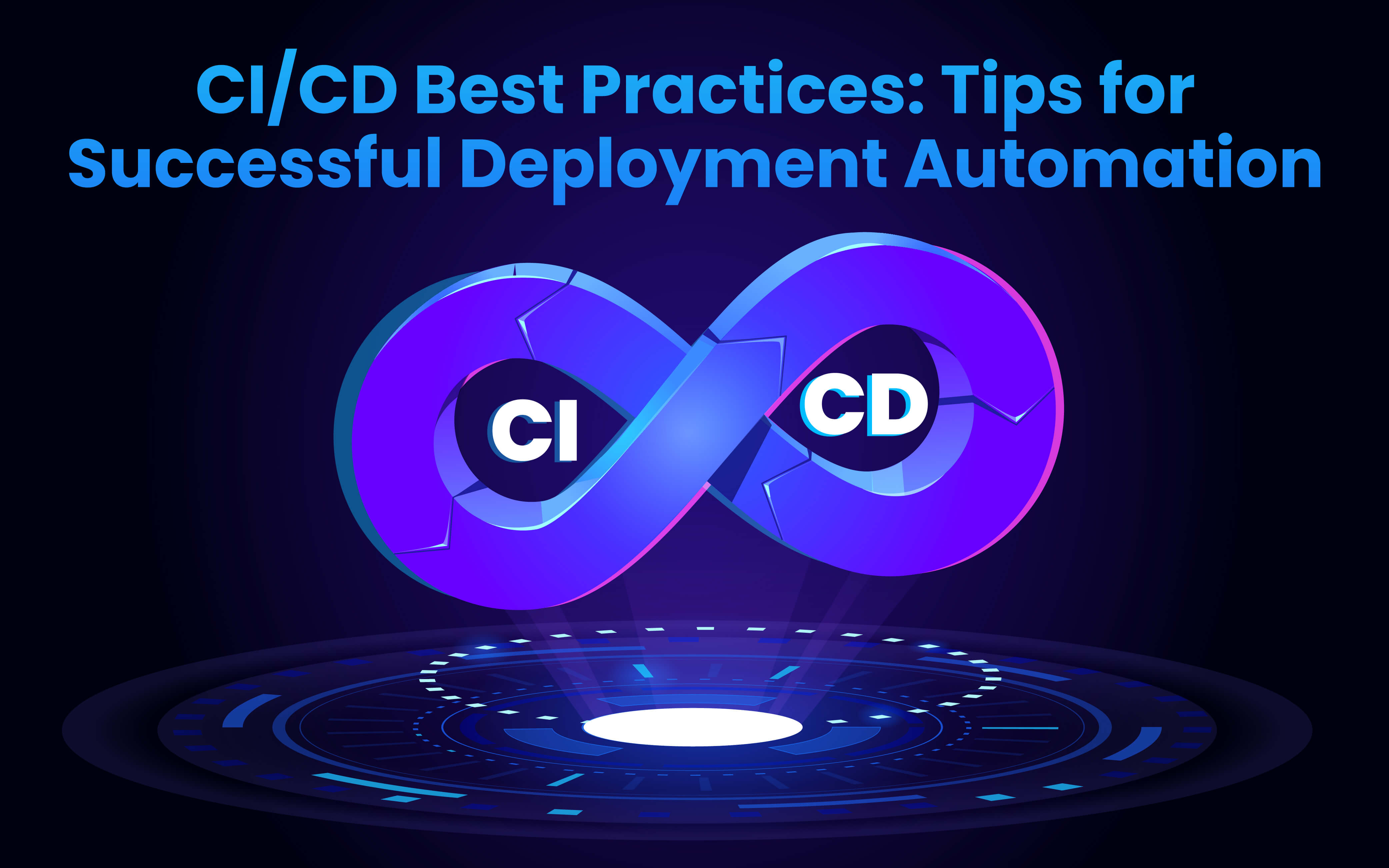Blogs
To know about all things Digitisation and Innovation read our blogs here.
DevOps
How Monitoring-as-Code Improves DevOps Collaboration and Communication?
SID Global Solutions
25 April 2023

Monitoring-as-code (MAC) is an emerging trend in DevOps that has the potential to significantly improve collaboration and communication between teams. Traditional monitoring methods rely on manual processes that can be time-consuming, error-prone, and inefficient. In contrast, MAC automates the monitoring process, providing teams with real-time insights into the health and performance of their systems. In this guide, we’ll explore how monitoring-as-code improves DevOps collaboration and communication and provides teams with the tools they need to work more effectively and efficiently.
Also Read: How GitOps improves software development and deployment processes?
What is Monitoring-as-Code?
Monitoring-as-code is a practice that involves automating the configuration, deployment, and management of monitoring systems using code. This approach makes it easier for DevOps teams to monitor the health and performance of their systems and applications. By using code to automate monitoring tasks, teams can avoid manual processes that can be time-consuming and prone to errors.
In a monitoring-as-code environment, teams can use code to define the metrics they want to monitor, set thresholds for alerts, and configure dashboards for real-time monitoring. This approach also makes it easier to integrate monitoring with other DevOps tools and systems, such as continuous integration and delivery (CI/CD) pipelines.
Improving Collaboration with Monitoring-as-Code
Effective collaboration is essential for DevOps teams to work efficiently and deliver high-quality software. Monitoring-as-code can help improve collaboration in several ways.
- Standardization: Standardization is a critical aspect of collaboration, and monitoring-as-code enables teams to standardize their monitoring practices. By defining monitoring standards in code, teams can ensure that everyone is using the same monitoring tools and practices. This can reduce confusion and misunderstandings and help ensure that everyone is on the same page.
- Faster Feedback Loops: Monitoring-as-code provides teams with real-time feedback on the performance and health of their systems. This feedback can be used to identify issues and take corrective action before they become major problems. This can help prevent delays and downtime and keep the team moving forward.
- Improved Visibility: Monitoring-as-code provides teams with improved visibility into the performance of their systems. This increased visibility can help team members identify issues and collaborate more effectively to resolve them. With real-time data, team members can see what is happening in the system and respond quickly to issues.
- Easier Integration: Monitoring-as-code makes it easier to integrate monitoring with other DevOps tools and systems. This can help teams collaborate more effectively across different systems and tools. For example, monitoring-as-code can be integrated with CI/CD pipelines to provide real-time feedback on the performance of code changes.
Also Read: Exploring The Key Processes Running In (Kubernetes) K8s Cluster
Improving Communication with Monitoring-as-Code
Effective communication is essential for DevOps teams to work together effectively. Monitoring-as-code can help improve communication in several ways.
- Better Information Sharing: Monitoring-as-code makes it easier to share information about the performance of systems and applications. With real-time data available in dashboards and alerts, team members can quickly and easily see what is happening in the system. This can help team members communicate more effectively about issues and collaborate more effectively to resolve them.
- Improved Accountability: Monitoring-as-code can help improve accountability by providing team members with real-time feedback on their performance. This feedback can help team members identify areas for improvement and take corrective action as needed. This can help ensure that everyone is working together effectively and efficiently.
- More Efficient Meetings: Monitoring-as-code can help make meetings more efficient by providing real-time data that can be used to inform discussions. With up-to-date data available, teams can avoid lengthy discussions about issues that have already been resolved. This can help make meetings more productive and efficient.
- Improved Documentation: Monitoring-as-code provides teams with an automated way to document monitoring practices. This can help ensure that monitoring practices are consistent and up-to-date. It can also help with knowledge transfer, as team members can easily access documentation on monitoring practices and processes.
Implementing Monitoring-as-Code for Improved Collaboration and Communication
Implementing monitoring-as-code requires a few key steps to ensure that it is effective in improving collaboration and communication.
- Define Metrics: The first step in implementing monitoring-as-code is to define the metrics that you want to monitor. These metrics should be aligned with the goals of the organization and should provide insights into the health and performance of your systems and applications.
- Set Thresholds: Once you have defined the metrics you want to monitor, you need to set thresholds for alerts. These thresholds should be based on your organization’s needs and should be set at a level that will trigger alerts when issues arise.
- Configure Dashboards: Dashboards provide real-time visibility into the performance of your systems and applications. Configuring dashboards to display the metrics you are monitoring can help team members stay informed about the health of the system.
- Automate Monitoring: Automation is the key to monitoring-as-code. Automating the configuration, deployment, and management of monitoring systems using code can help reduce manual processes, increase efficiency, and reduce the risk of errors.
- Integrate with Other DevOps Tools and Systems: Monitoring-as-code can be integrated with other DevOps tools and systems, such as CI/CD pipelines. This integration can help improve collaboration and communication across different teams and systems.
Also Read: How To Build Scalable Business Automation with Microservices?
Conclusion
By automating monitoring tasks using code, teams can work more efficiently and effectively, with real-time insights into the health and performance of their systems. Implementing monitoring-as-code requires defining metrics, setting thresholds, configuring dashboards, automating monitoring, and integrating with other DevOps tools and systems. With monitoring-as-code in place, teams can collaborate more effectively and communicate more efficiently, leading to better outcomes for the organization as a whole.









